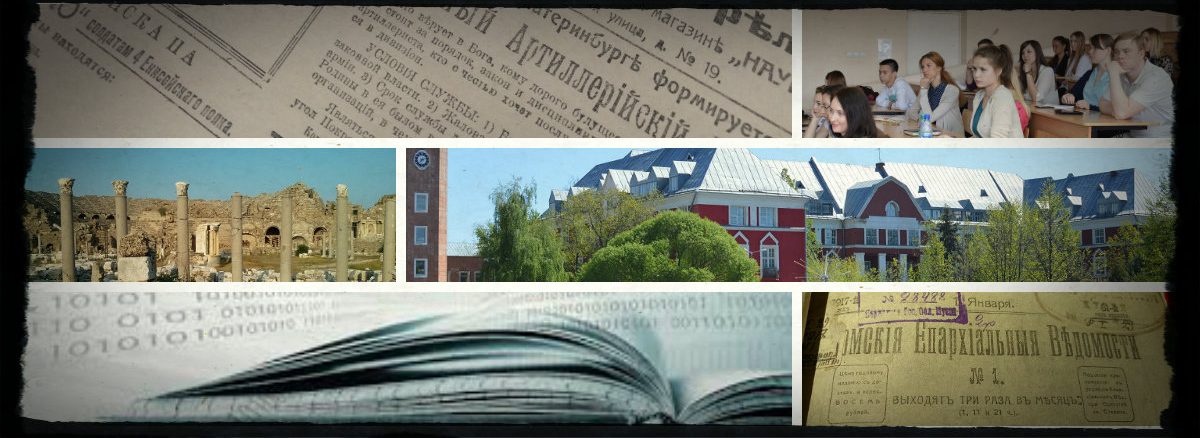The Digital Atlas of Roman and Medieval Civilization (DARMC) makes freely available on the internet the best available materials for a Geographic Information Systems (GIS) approach to mapping and spatial analysis of the Roman and medieval worlds. DARMC allows innovative spatial and temporal analyses of all aspects of the civilizations of western Eurasia in the first 1500 years of our era, as well as the generation of original maps illustrating differing aspects of ancient and medieval civilization. A work in progress with no claim to definitiveness, it has been built in less than three years by a dedicated team of Harvard undergraduates, graduate students, research scholars and one professor, with some valuable contributions from younger and more senior scholars at other institutions. For more details on who we are, please see the People page.
ARMC contains dozens of data layers in several geodatabases, that is, databases whose data is georeferenced or specified in terms of decimal degrees of latitude and longitude. They should prove useful to students, professional scholars and scientists, as well as to learned amateurs and curious minds of all descriptions. Here one can find the Roman road networks, bridges, aqueducts, the cities and settlements of the empire, Roman military installations, the shrines, mines, and villas that already appeared in the Barrington Atlas and in other similar research tools.
Источник описания:Digital Atlas of Roman and Medieval Civilizations
